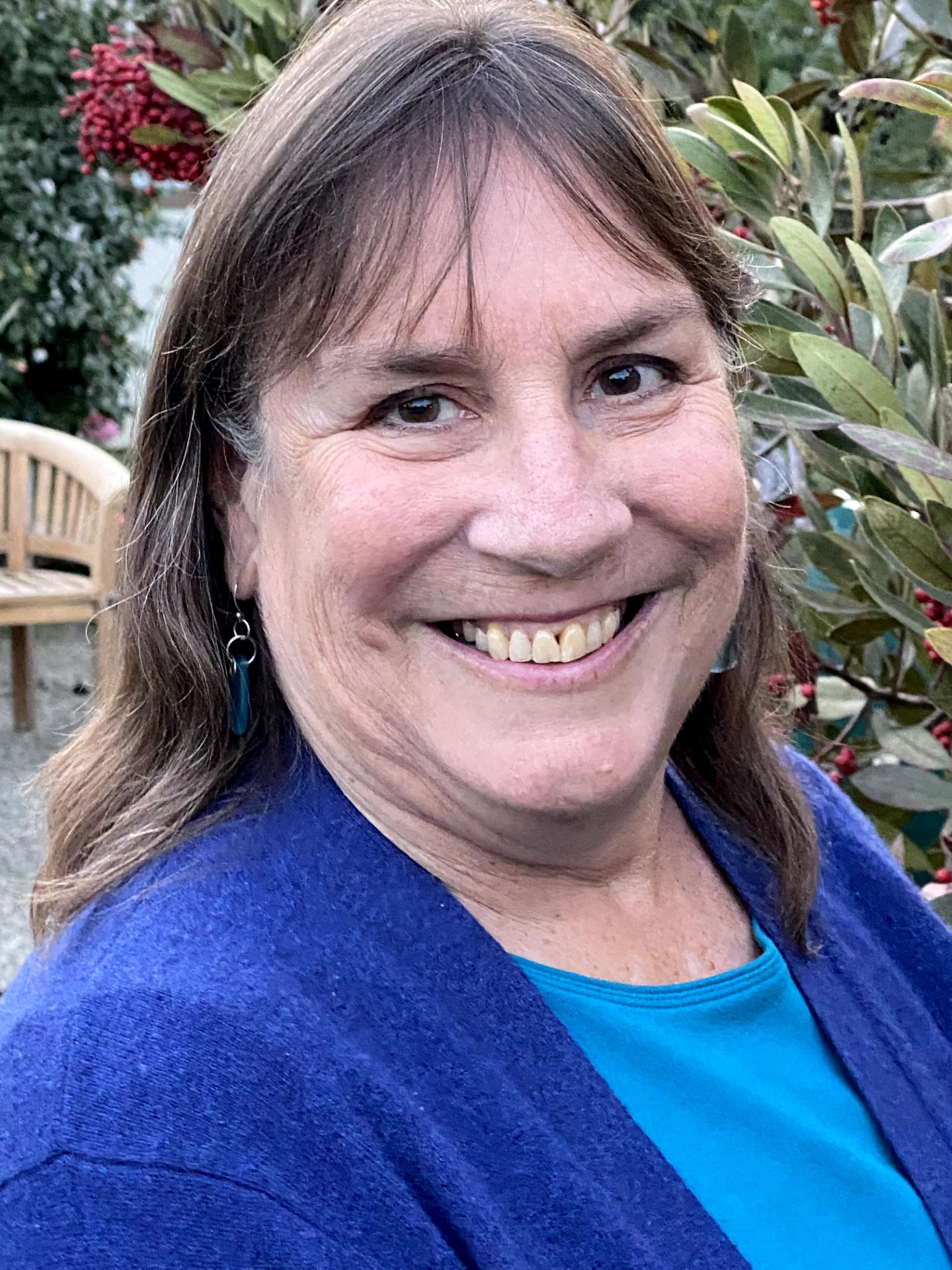 Overview of an Innovative Community Air Monitoring Program in the San Francisco Bay Area
Overview of an Innovative Community Air Monitoring Program in the San Francisco Bay AreaParticipatory Science
Oral Presentation
Prepared by K. Kerridge1, M. Bardet2, N. Lund2, D. Lindsay2, B. Sullivan2
1 - Benicia Community Air Monitoring Program, 771 West I Street, Benicia, California, 94510, United States
2 - Benicia Community Air Monitoring Program, , , United States
Contact Information: [email protected]; 707-816-2401
ABSTRACT
Benicia Community Air Monitoring Program (BCAMP), incorporated in California in 2019, became a 501(c)3 non-profit in 2020, establishing the first wholly independent community-based air monitoring station in Benicia, CA. BCAMP's educational mission, for community benefit, is to hold, continuously operate, and maintain air monitoring equipment, to measure local ambient air quality in real time, archive data, and operate a public access website for reporting raw data and to provide information on potential health risks of breathing gases sampled. BCAMP's purpose includes hosting occasional public forums on air quality and human health.
BCAMP has worked productively with the Bay Area Air Quality Management District on policies governing fenceline monitoring at Bay Area refineries. BCAMP also uses its test facility as a demonstration platform for independently testing and evaluating innovative environmental technologies. BCAMP is earning public trust as a reliable source of monitoring data and as an advocate for cleaning up the air we all share. This paper presents an overview of the BCAMP with a summary of the community benefits for the local stakeholders including regulatory agencies, the community, and the local government.
The presentation includes an overview of a current initiative by BCAMP to work with other local community organizations to develop a city-wide approach to evaluating air monitoring technologies and the data they produce. The collaborative effort combines the strengths of the stakeholder to develop a state-of-the-art air monitoring network that is overseen by local community organizations and regulatory agencies. The approach provides a roadmap for the development of high-quality environmental data, public participation, and long-term stakeholder buy in.

